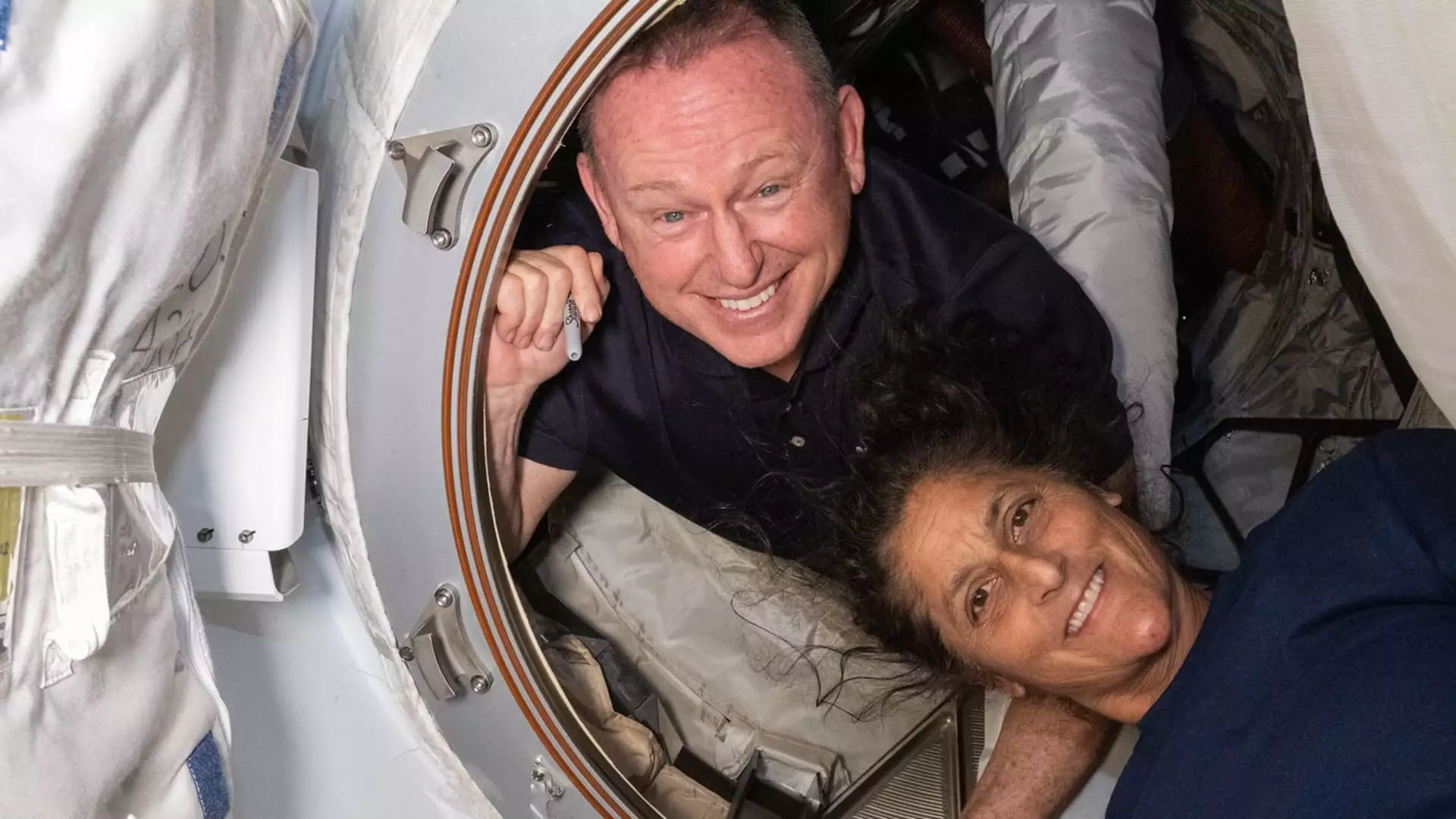Boeing’s Starliner capsule will be returning from the International Space Station without the NASA astronauts it delivered to orbit in early June. This decision was announced by NASA on Saturday, marking a significant change in plans for the organization. The astronauts, Butch Wilmore and Suni Williams, will now return via SpaceX’s Dragon spacecraft, which is set to launch its ninth regular mission to the ISS on September 24. This shift in return plans for the astronauts highlights the challenges faced by the Starliner spacecraft during its recent test flight.
The Starliner’s crew flight test encountered various issues, with the propulsion system being a major concern. This was unexpected, as the test flight was initially intended to last around nine days. The decision to bring back the Starliner capsule empty is a significant departure from NASA’s previous plans, as the organization had indicated that the capsule would be the primary choice for the crew’s return trip. The issues faced during the test flight have raised questions about the readiness of the spacecraft for crewed missions in the future.
During a press conference at Johnson Space Center in Houston, NASA Administrator Bill Nelson emphasized the importance of understanding the root causes of the problems faced by the Starliner spacecraft. He highlighted the need for design improvements to ensure that the spacecraft can safely transport crew members to and from the ISS. Safety remains a top priority for NASA, and the decision to return the Starliner empty is a reflection of the organization’s commitment to ensuring the well-being of astronauts onboard.
Despite the challenges faced by the Starliner spacecraft, both NASA and Boeing have expressed a commitment to resolving the issues and moving forward with the Commercial Crew program. There have been technical disagreements between the two organizations, particularly regarding the assessment of risks associated with returning the crew on the Starliner. However, NASA officials have reiterated their support for Boeing and expressed confidence in the spacecraft’s abilities to launch with a crew again in the future.
The setback experienced by Boeing with the Starliner test flight has implications for NASA’s Commercial Crew program. The agency had envisioned having two competing companies, Boeing and SpaceX, flying missions to the ISS alternately. However, the challenges faced by the Starliner have put a dent in Boeing’s progress in the program. With significant losses already incurred, Boeing’s future involvement in the Commercial Crew program remains uncertain.
The recent developments surrounding Boeing’s Starliner capsule raise questions about its future role in NASA’s Commercial Crew program. The challenges encountered during the test flight have highlighted the importance of safety and the need for design improvements to ensure the spacecraft’s readiness for crewed missions. Collaboration between NASA and Boeing will be crucial in addressing the issues faced by the Starliner and moving forward with the program. Ultimately, the success of the Commercial Crew program hinges on the ability of spacecraft like the Starliner to safely transport astronauts to and from the ISS.

